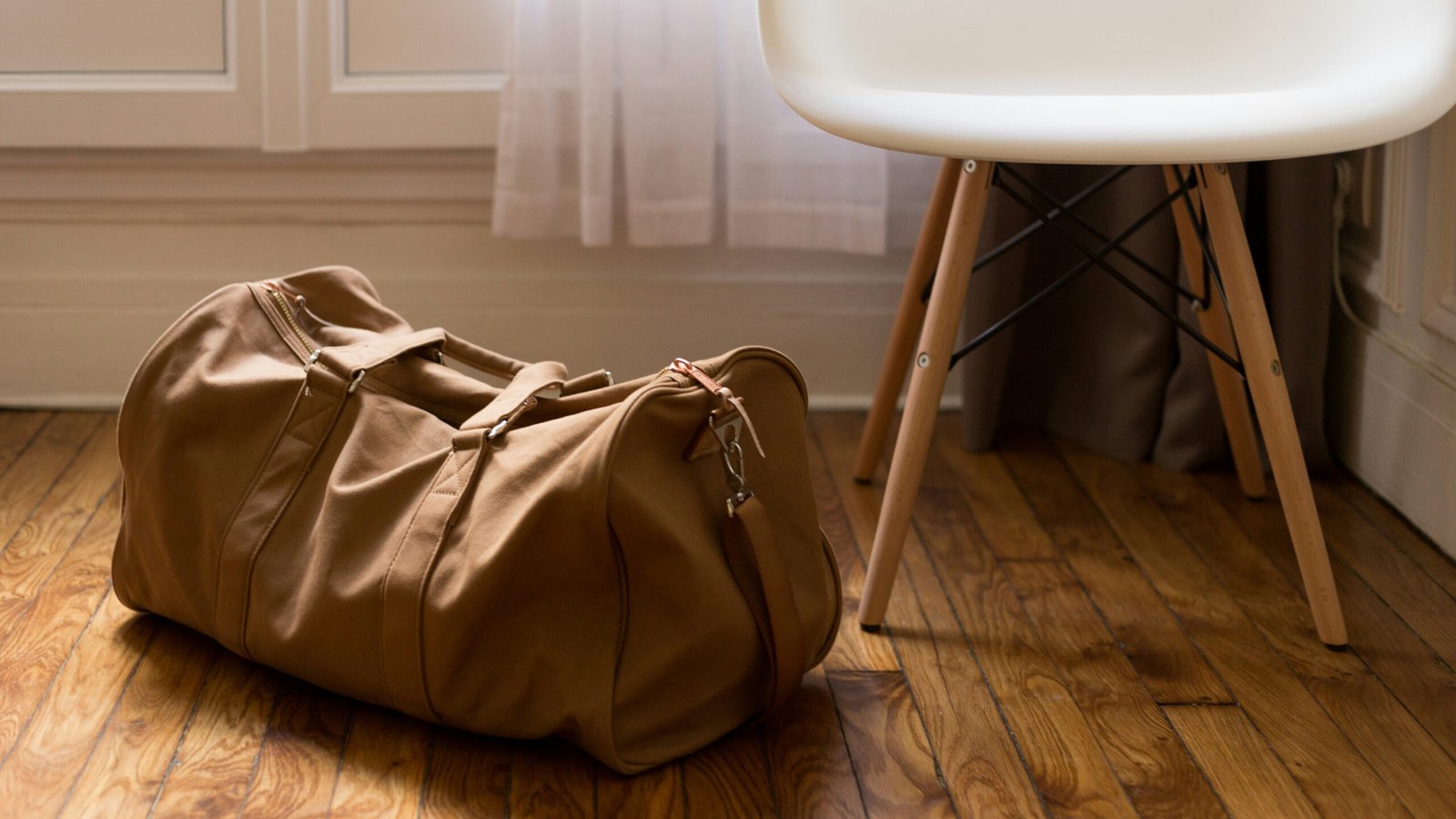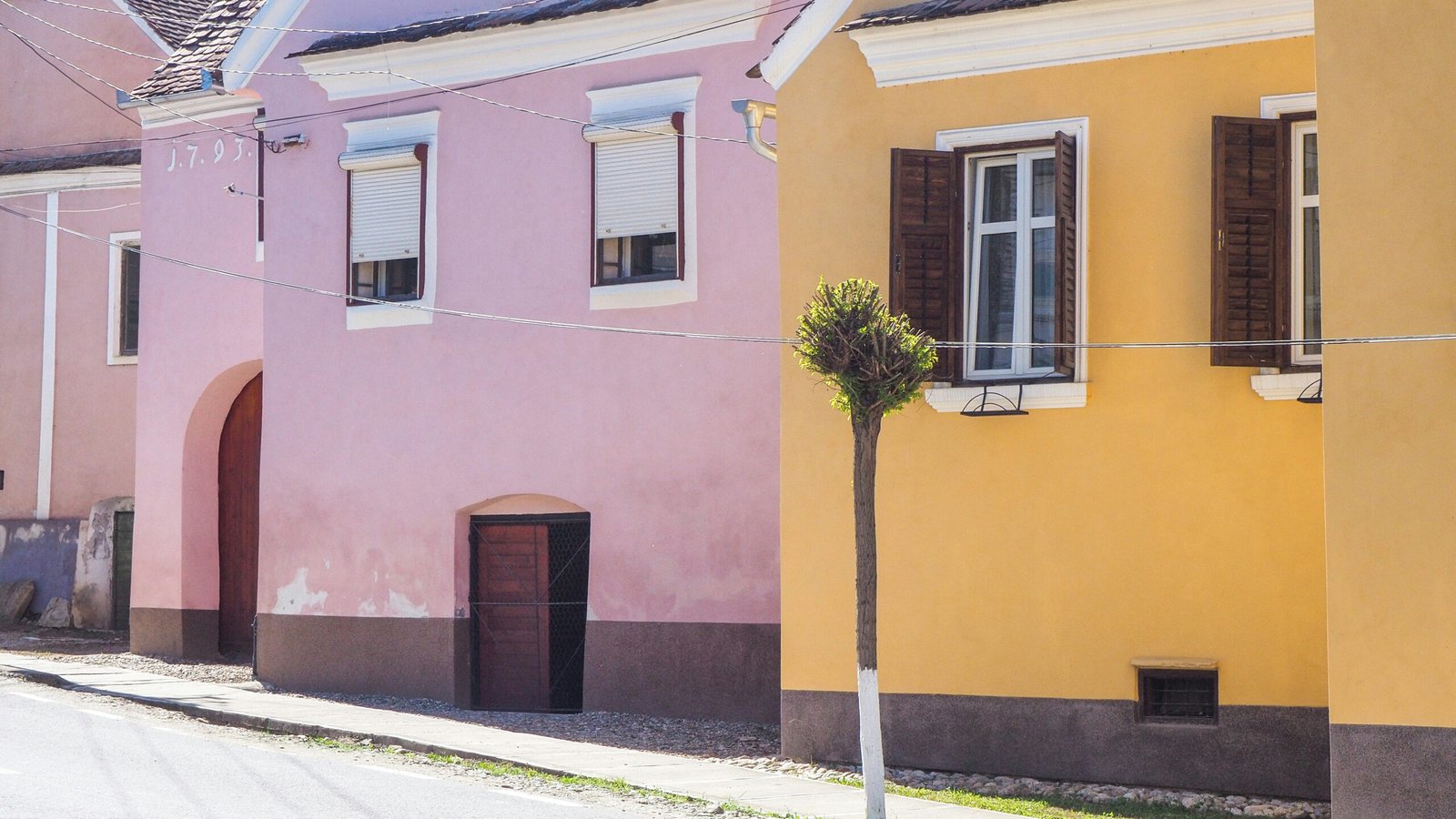
What to Pack for a Trip to Romania – Know Before You Pack
Romania’s geography is incredibly diverse.
You might find yourself hiking in the Carpathians, walking cobblestone streets in Sibiu, or sunbathing on the Black Sea coast, all in one trip.
Packing well means understanding both your itinerary and Romania’s seasonal quirks.
Weather can shift quickly, especially in the mountains or during shoulder seasons like April or October.
Bring layers, and always leave space for an extra sweater or rain jacket, no matter the time of year.

Essentials for Every Season
There are a few basics that belong in your bag whether you’re visiting in summer or winter.
These items work across regions and will help you feel prepared, respectful, and comfortable.
Travel Documents and Essentials
Make sure your passport is valid for at least six months beyond your travel dates.
As of January 1, 2025, Romania is now a full member of the Schengen Area. This means there are no routine passport checks at land, sea, or air borders between Romania and other Schengen countries.
However, if you’re arriving from elsewhere in Europe, say Hungary or Austria, you can expect smooth, passport-free travel across borders.
However, travelers coming from outside the Schengen Zone, like the UK, US, Canada, or other non-EU countries, should still check entry requirements before their trip.
Most tourists can enter Romania visa-free for up to 90 days in any 180-day period, but rules vary based on your nationality and travel history.
Regardless of where you’re coming from, it’s a good idea to print out or download copies of your accommodation, itinerary, and transport tickets. Not every rural guesthouse or train station has reliable Wi-Fi.
Plug Adapter and Power Bank
Romania uses the standard European plug type (Type C and F) and runs on 230V.
A universal adapter is handy if you’re traveling through multiple countries, and a power bank can be a lifesaver on long train rides or hikes.
Daypack or Foldable Tote
Whether you’re walking through a market in Cluj or exploring a fortified church in Transylvania, you’ll want a lightweight bag for day use.
A foldable tote can double as a grocery bag or beach tote.
Comfortable Footwear
Romanian cities often have uneven pavements or old stone streets.
Comfortable walking shoes are key. If your trip includes rural stops or mountain hikes, pack boots with decent tread.

What to Pack for Romania in Winter
Winter in Romania runs from late November through early March.
In mountain towns like Brașov or Sinaia, snow can fall heavily. Cities stay colder longer than you might expect, and are often windy, so make sure you have a few extra layers handy.
Layers Are Key
Start with a thermal base layer, top and bottom. Add a sweater, and top with an insulated jacket.
In colder regions, especially in Transylvania, locals dress warmly and practically.
Warm Accessories
Pack gloves, a warm hat, and a scarf. Wool or fleece are best.
These small things make a big difference on cold mornings or while waiting for public transport and will allow you to stay comfortable while exploring outside.
Waterproof Boots
Sidewalks can get icy. Waterproof boots with traction help you stay safe and dry.
Avoid slick-soled fashion shoes—they’re not suited for winter streets here.
Indoor Clothing
Many Romanian homes and hotels are well heated and are often much warmer than you might be used to.
Romanians like a warm home, and many rural homes are still heated by wood burning fireplaces and furnaces so expect to experience a huge contrast between the outdoor and indoor temperatures.
Bring indoor layers that can be easily removed, like a long-sleeved shirt and cozy pants.

What to Pack for Romania in Summer
Summer in Romania (June to August) can be hot, especially in southern cities like Bucharest or Craiova.
This area of Romania often sees summer temperature reach the high 30s °C (around 97°F to 100°F), especially during heatwaves in July or August.
That said, highland areas like Maramureș or the Apuseni Mountains stay cooler.
Light and Breathable Fabrics
Linen, cotton, and moisture-wicking materials work well.
Locals tend to dress modestly, especially in villages or when entering churches.
Pack a lightweight cover-up if you’re wearing shorts or tank tops.
Sun Protection
The sun can be strong, particularly in July.
Bring sunglasses, SPF 30+ sunscreen (or higher!), and a wide-brimmed hat. Even on cloudy days, UV rays can be intense in higher elevations.

Swimsuit and Towel
Whether you’re heading to the Black Sea coast or taking a dip in a mountain lake, a swimsuit is a must.
A fast-drying travel towel is helpful if you’re hiking or staying in rustic accommodation.
Romania has a lot of rivers and lakes to swim in during the summer months, so make sure you have the right gear to get the most out of your trip.
Mosquito Protection
In lowland areas or near rivers, mosquitoes are common.
A small bottle of repellent and after-bite cream will serve you well, especially in July and August.
Shoulder Seasons – Spring and Autumn
Spring (April–May) and autumn (late September–October) are ideal for travel.
Fewer tourists, rich colors, and mild weather make for excellent road trips and cultural visits.
Waterproof Layers
Rain is frequent in April and October.
Bring a compact umbrella and a breathable rain jacket. Waterproof shoes are helpful but not always essential unless you’re hiking.
Mix of Warm and Light
Temperatures can swing between 10°C and 22°C (50–72°F).
Layering is essential. Pack a cardigan, jeans, and at least one heavier sweater or jacket.
Village Visits and Local Dress
If you’re visiting traditional villages or attending festivals, consider bringing modest, tidy clothes.
Romanians tend to dress neatly for public gatherings, and you will likely see locals dress in a more modest fashion on Sundays, especially, and in smaller or more rural villages, in general.

What to Bring to Romania for a Week
If you’re packing for seven days, think versatility.
Choose clothing you can mix and match, wash easily, and wear more than once.
Sample 7-Day Wardrobe
At minimum, bring two pairs of pants, one pair of shorts or skirt (weather permitting), three tops, a sweater, one warm outer layer, and a scarf.
Add one pair of sturdy shoes and one lighter pair so you have options, and a backup pair incase one gets wet.
Laundry and Toiletries
Many guesthouses offer laundry service, but not all.
A small pack of detergent and a sink stopper lets you handwash if needed.
Pack basic toiletries. Although you can buy most items in cities, it is a good idea to pack a simple set as rural areas may have fewer options.
Tech and Extras
Bring your phone, charger, power bank, and SIM pin if you plan to get a local card.
Download offline maps as these can come in handy should you be travelling to a place with weaker reception.
For reading, a Kindle or paperback is a good choice if you are planning to take trains during your trip.
Cultural Considerations and Local Etiquette
Romanians appreciate neat dress and respectful behavior, especially in churches or during holidays.
A scarf or shawl can come in handy when visiting Orthodox sites, but is often not as enforced as you will find in Italy, for example.
Avoid overly casual or revealing outfits in villages. You don’t need to dress up, but clean, well-kept clothing goes a long way in making a good impression.

Optional Items Based on Your Trip
Depending on where you’re going and how you travel, you may want to add a few extras to your bag.
If You’re Hiking
Pack a hydration bladder or water bottle, trail snacks, sun hat, and first aid basics.
A trekking pole is helpful in hilly terrain.
If You’re Visiting in Winter
Add hand warmers, wool socks, and thermal leggings.
A small thermos can be a welcome comfort during cold outings.
If You’re Traveling by Train
Trains are scenic but sometimes slow.
Pack snacks, water, a book or downloaded show, and tissue paper or wet wipes to clean your area if you like.
Trains are typically quite clean, but it’s nice to have the option to clean your space, especially if you pack snacks.
If You’re Driving
Bring a paper map in case GPS fails in rural zones. This is not a must, but some roads will take you through areas that have weaker internet signal, and having a back up will give you peace of mind.
Keep local coins on hand for parking meters.
In winter, rental cars may require snow chains, so it’s always best to ask in advance.
Final Packing Tips
No matter the season, pack light but smart.
You’ll walk more than you expect, and flexible clothing choices matter.
Leave room for souvenirs. Romania is known for handmade textiles, ceramics, and wooden crafts. You may find treasures worth bringing home, especially if you plan to visit some of the local markets.
A good packing list is less about having every item and more about being ready for whatever your Romanian adventure brings.









Leave a Reply